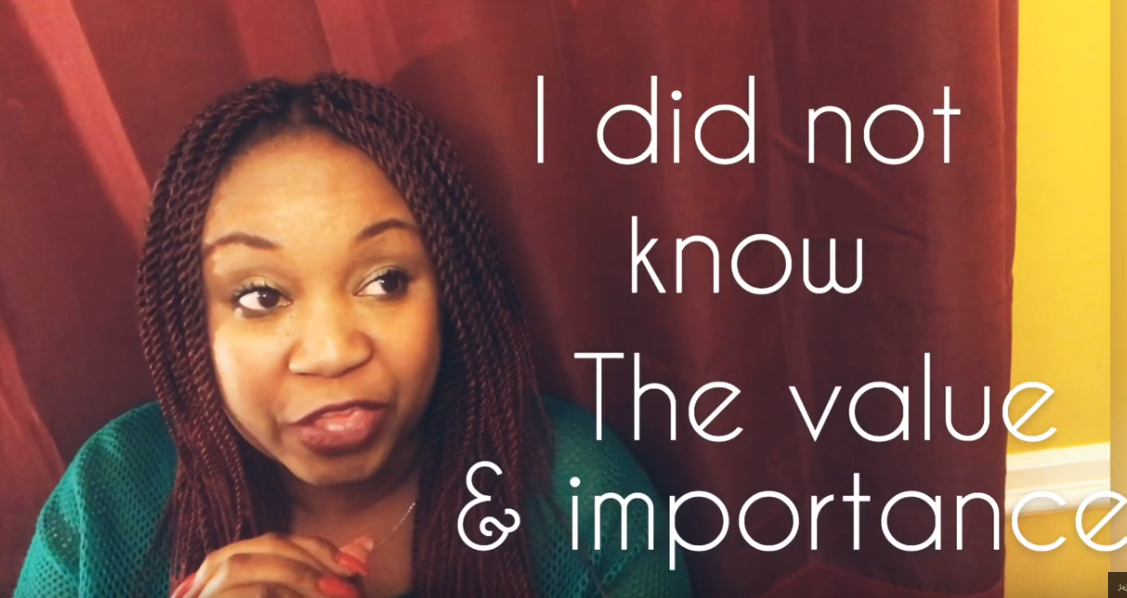They say you only get one chance to make a first impression. This statement can be very true for start-ups that have to make that elevator or 3-minute pitch to a partner or potential investor. As an advisor and counsel to many start-up businesses, I’ve seen more people pitch wrong than right.
And even though you may be able to present a great product on paper, the oral pitch is a big challenge that must be surmounted. Sunday, my business partner and I headed over to Microsoft’s Chevy Chase, Maryland offices and attended the Startup XLR8 II pitching event hosted by iStrategy Labs, a DC-based innovation, marketing and digital strategy company that hosts various events linking the tech and innovation communities with investors and corporate partners. iStrategy selected 15 startups out of over 100 that applied to make 3-minute pitches to a room full angel investors and venture capitalists to make a 3-minute investor pitch.
There were some great ideas presented, and some not so great ones. Not all presenting had mastered the fine art of the 3-minute pitch. The elevator pitch is a skill, but I’d say the 3-minute pitch is even more difficult, but both can be learned and perfected with practice and over time.
Here are 5 quick tips that I would offer:
1. Enunciate & Pace: Speak and articulate your words very clearly. Several books warn presenters about being too stiff and suggest being casual and personable during a presentation. At the same time it is still a business pitch and you are still in front of an audience who needs to be able to discern your words. The audience should NOT have to strain their ears just to decipher your speech. I just didn’t understand what some were saying at all because they were either mumbling or not speaking clearly enough.
Also, pace. There were some who spoke so fast I could not understand what they were saying and then there were others who took their sweet time and ending up running out of time. Think of it this way: There may be an investor who may have been moved and motivated to go to the next step with you based on seeing something you left for the end of the presentation. They never will get an opportunity to hear it. This is where it is important to practice the pitch with your intended pace over and over again before the BIG DAY. Also, to be safe, put your qualifications at the end because if you made it to the final pitching round, it is presumed that you are qualified anyway and if an investor is interested, they’d learn that later. No need to waste precious time putting that up and maybe running out of time.
2. Explain what your service, product or application does clearly and succinctly. Investors can’t and won’t invest in a product they don’t understand. Even though you have a short amount of time to squeeze in a lot of other information, you should never skimp on coming up with a concise explanation of what it is that you offer. There were a good chunk of products I still didn’t understand even after the investors in the room asked follow-up questions. I’d recommend trying to explain it to friends and family who have never heard of the product before. Companies market test products all the time. It’s a worthwhile investment in prep time. Also, get to the point quickly. If you use multimedia video demos to explain the product, they should be easy to see from the back of the room. Also, visual test them ahead of time. Some people wasted time using a video explanation that didn’t even help explain the product better than they did before setting up the video.
3. Have a clear way of making money from the service and one that is independently sustainable. Who would want to sink capital into an obtuse model? Most applications these days rely on the platform of offering the service for free with advertisements or they charge a very nominal price like .99 cents, with some added premium offerings at a higher cost. Some offer free access for a limited amount of time or uses, then require a subscription to continue using it over time or after a user trial period, banking on being over to capture a segment of those who have fallen in love with the app or service during the trial period. Those are always the safest options. Try to avoid monetization models that are unpredictable or untested. (unless you have already taken it to market and proved its effectiveness) For example, there was a product pitched Sunday that relied on already existing third party companies to realize the values add or benefit of the app. The developer would have to acquire a significant amount of users and then convince others to partner up with them later. This seemed to be the GroupOn model. I wasn’t convinced the app would take off, so if it didn’t get enough users to make it worthwhile for the partners to link up, that would be investment money down the drain. Also, out the box, the developer pigeonholed himself with a sub-industry. If those third parties collapsed or failed, the app too would have lost its income source. The model wasn’t independently sustainable.
—————————————————————————————————————–
FRUSTRATED about your job and feeling underappreciated and underpaid? I got you! Attend my FREE 1.5 Hour PIVOT TRAINING where I share all the secrets for launching an online business and testing the waters BEFORE you branch on your own!
—————————————————————————————————————–
4. Serve a large enough market. This tip comes from lessons learned when I was pitching book ideas to publishers years ago. There are lots of niche books out there that interest small segments of the population. Those books will only earn money from potential purchasers of the book if that small segment is still made up of millions of people. No publisher would be interested in publishing a book they know would only be purchased by a limited universe of people. You can’t serve too small or insular a market. Even if the product was offered for a premium fee out the box to that small niche market, I shouldn’t be able to imagine in my head a range of the total users of the product. If I can, that means an investor wouldn’t see value in investing in it. Even if all of the possible users adopted, we’re talking about small change. It also wouldn’t be worth the effort to advertisers because they wouldn’t necessarily be getting the eyeballs needed on those sites to justify sponsoring the app. There would be no case made to invest in the product. Think through how to make money for a product that serves small audiences and be prepared to make that a focal part of the presentation.
5. Be able to answer the following 4 questions:
1. What is the problem you will solve?
2. What is your market?
3. Why would users want to use your service? and
4. How much do you need and how will you use the funding?
You get a gold star if you are able to clearly articulate the answers to these questions within the time allotted. It’s a twist on the “who/what/why/when/how” query that journalist use to tell the story, but the concept is similar. In a short span of time, you have to convince the audience to stick with you through the end of the story. For the start-up, that “end” is walking away with the interest/and or investment capital he or she needs to take the business to the next level.
Implementing these suggestions would have your app stand out and most likely pique the interest of would-be investors.
Follow me on Twitter at @JenebaSpeaks
—————————————————————————————————————–
FRUSTRATED about your job and feeling underappreciated and underpaid? I got you! Attend my FREE 1.5 Hour PIVOT TRAINING where I share all the secrets for launching an online business and testing the waters BEFORE you branch on your own!
—————————————————————————————————————–
Jay Jay Ghatt is also editor at Techyaya.com, founder of the JayJayGhatt.com and JayJayGhatt.com where she teaches online creators how to navigate digital entrepreneurship and offers Do-It-For-You Blogging Service. She manages her lifestyle sites BellyitchBlog, Jenebaspeaks and JJBraids.com and is the founder of BlackWomenTech.com 200 Black Women in Tech On Twitter. Her biz podcast 10 Minute Podcast is available on iTunes and Player.fm. Follow her on Twitter at @Jenebaspeaks. Buy her templates over at her legal and business templates on Etsy shop!



